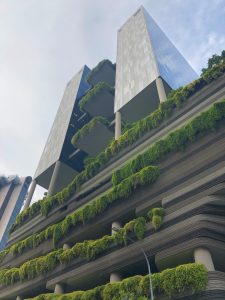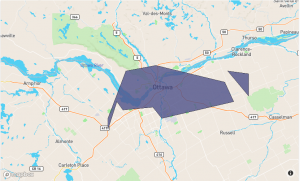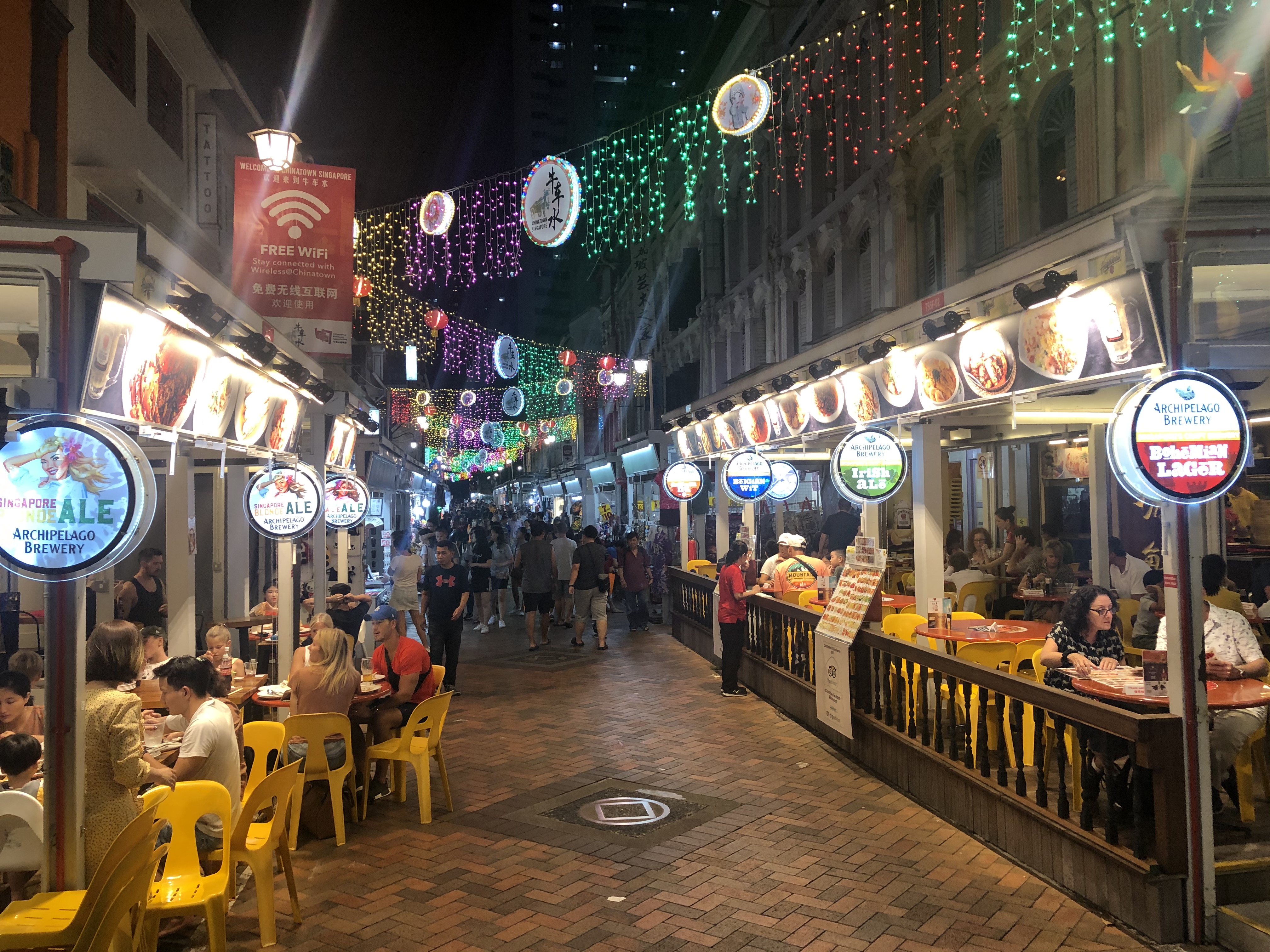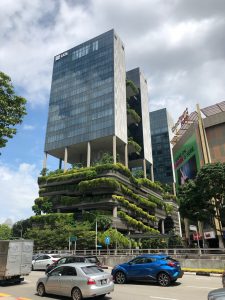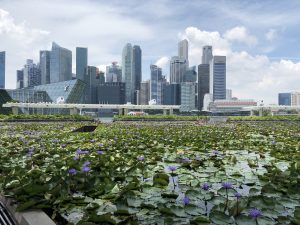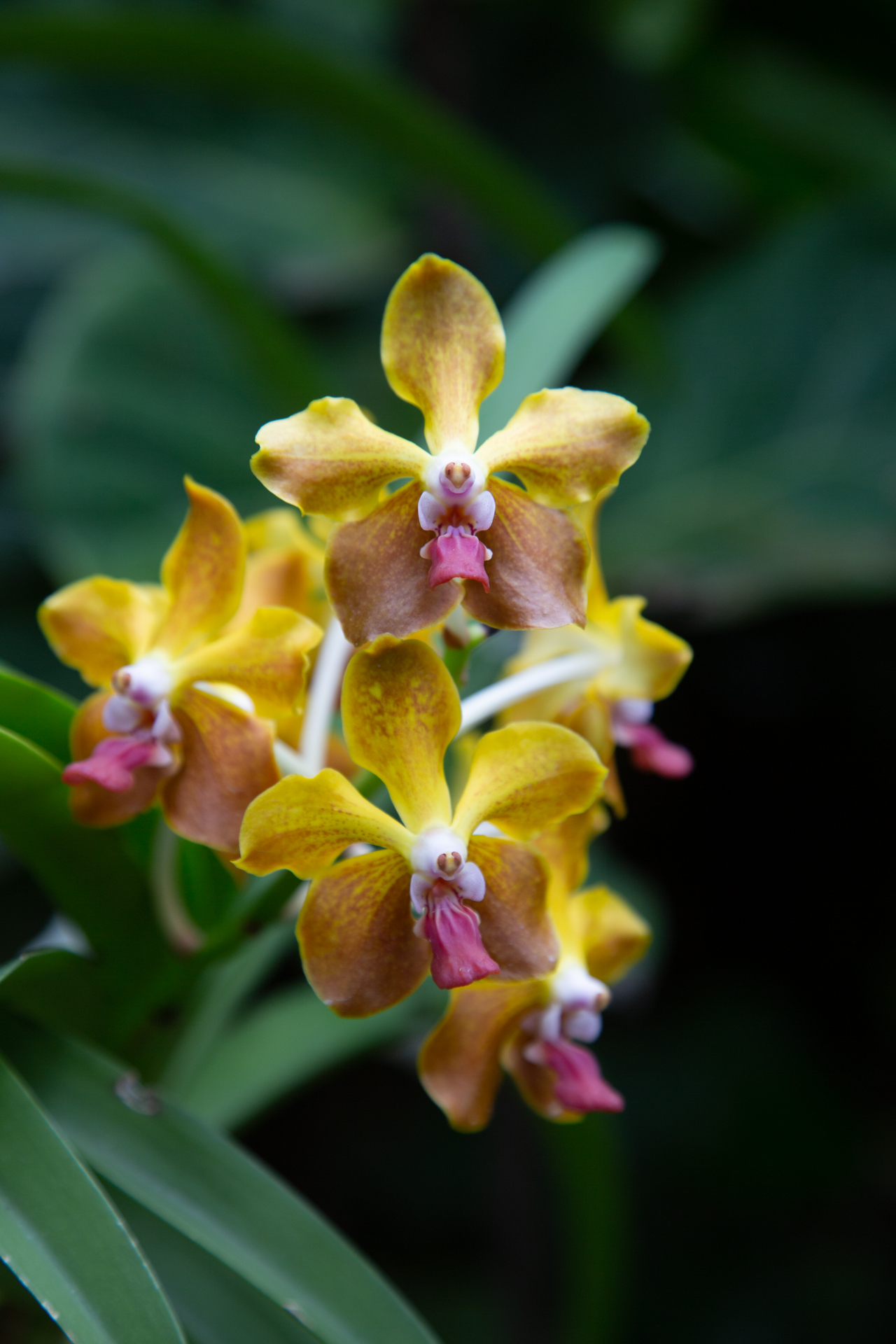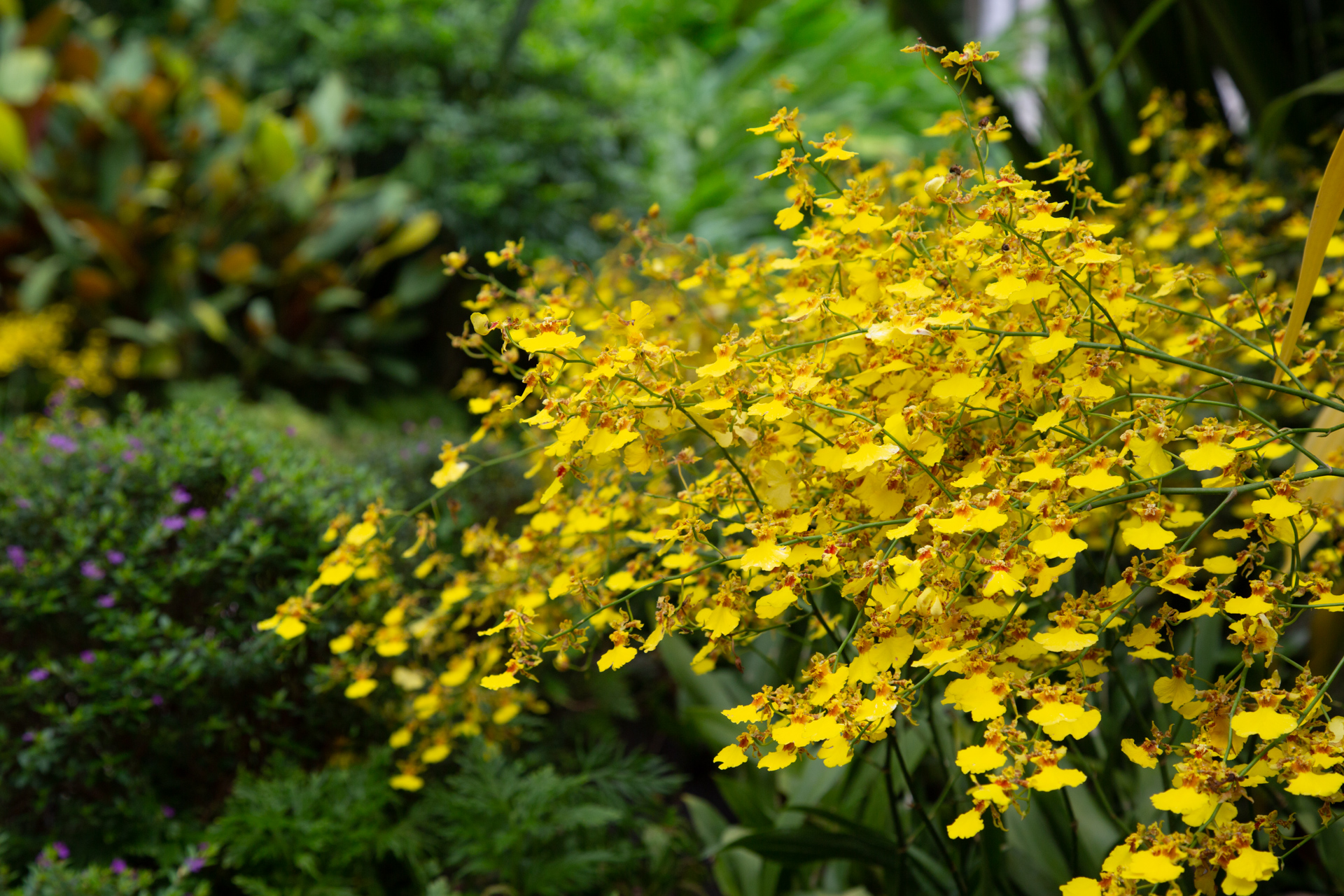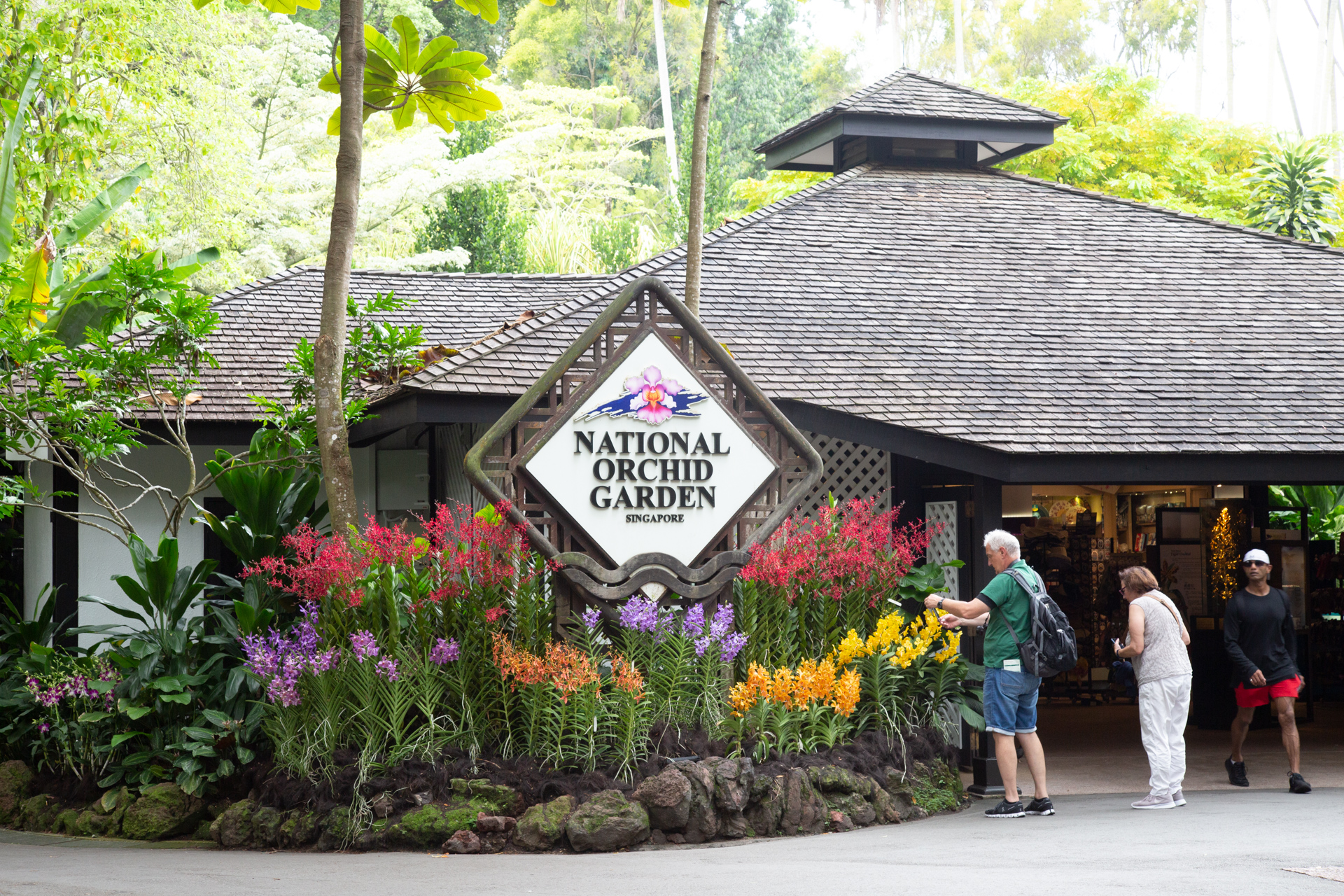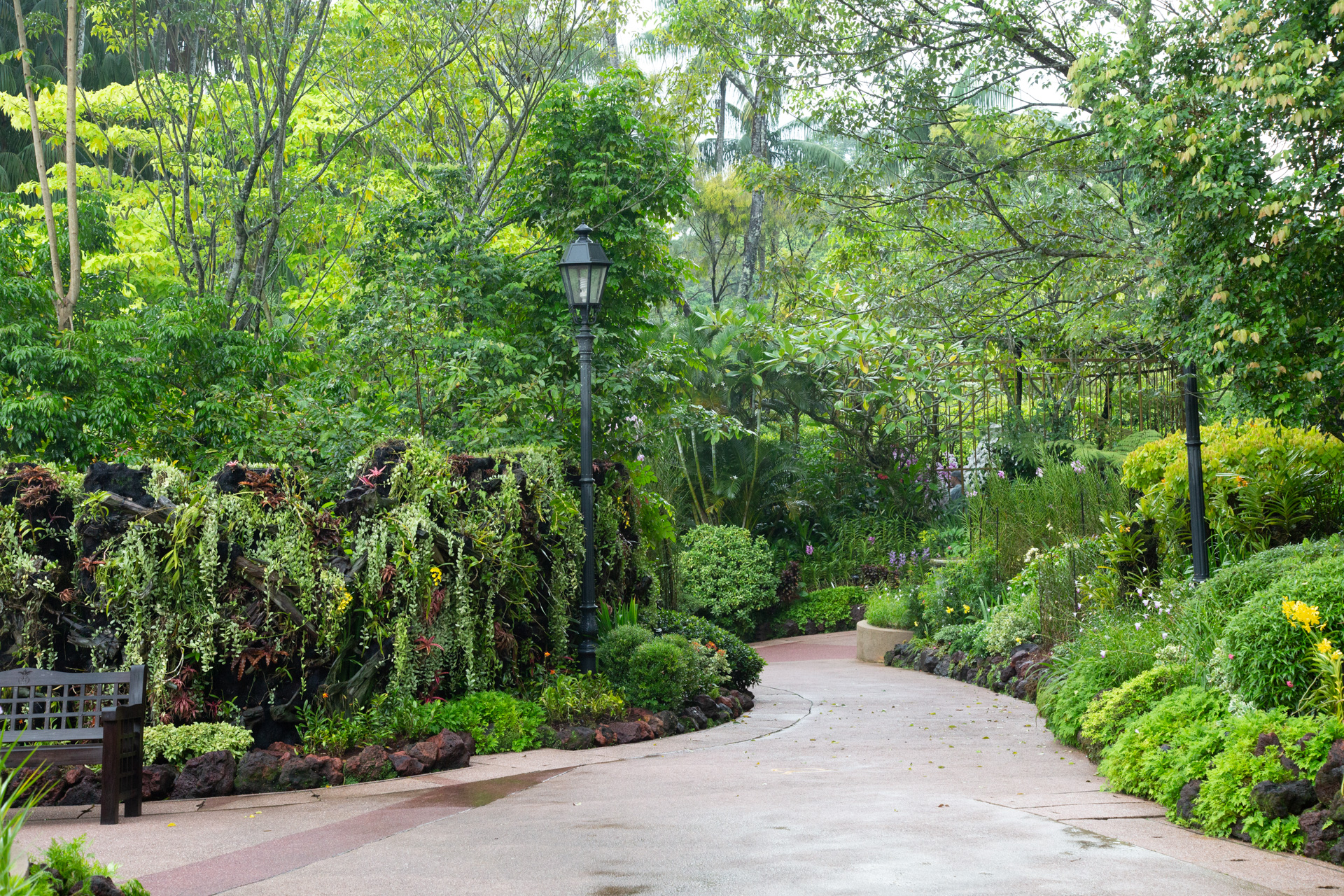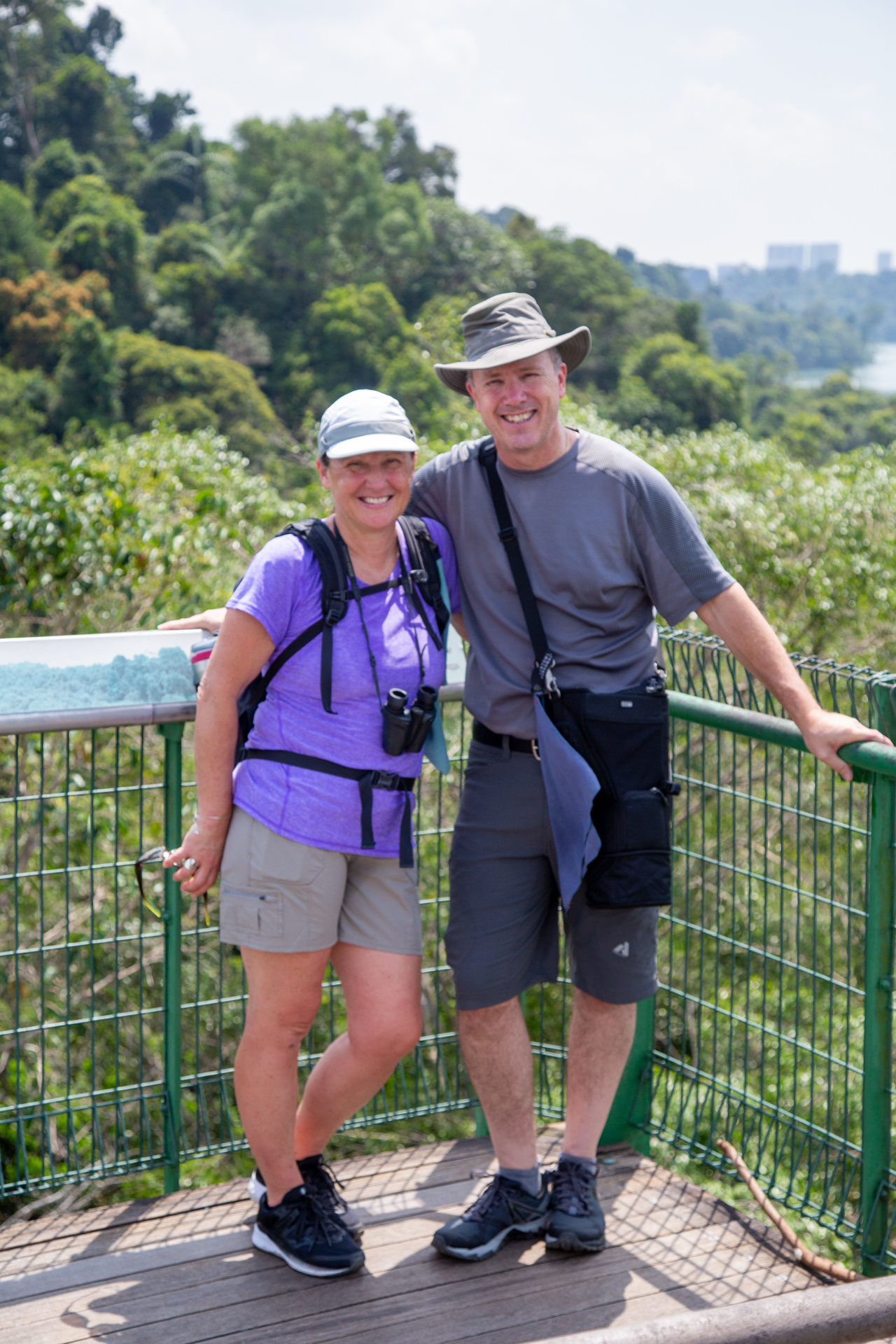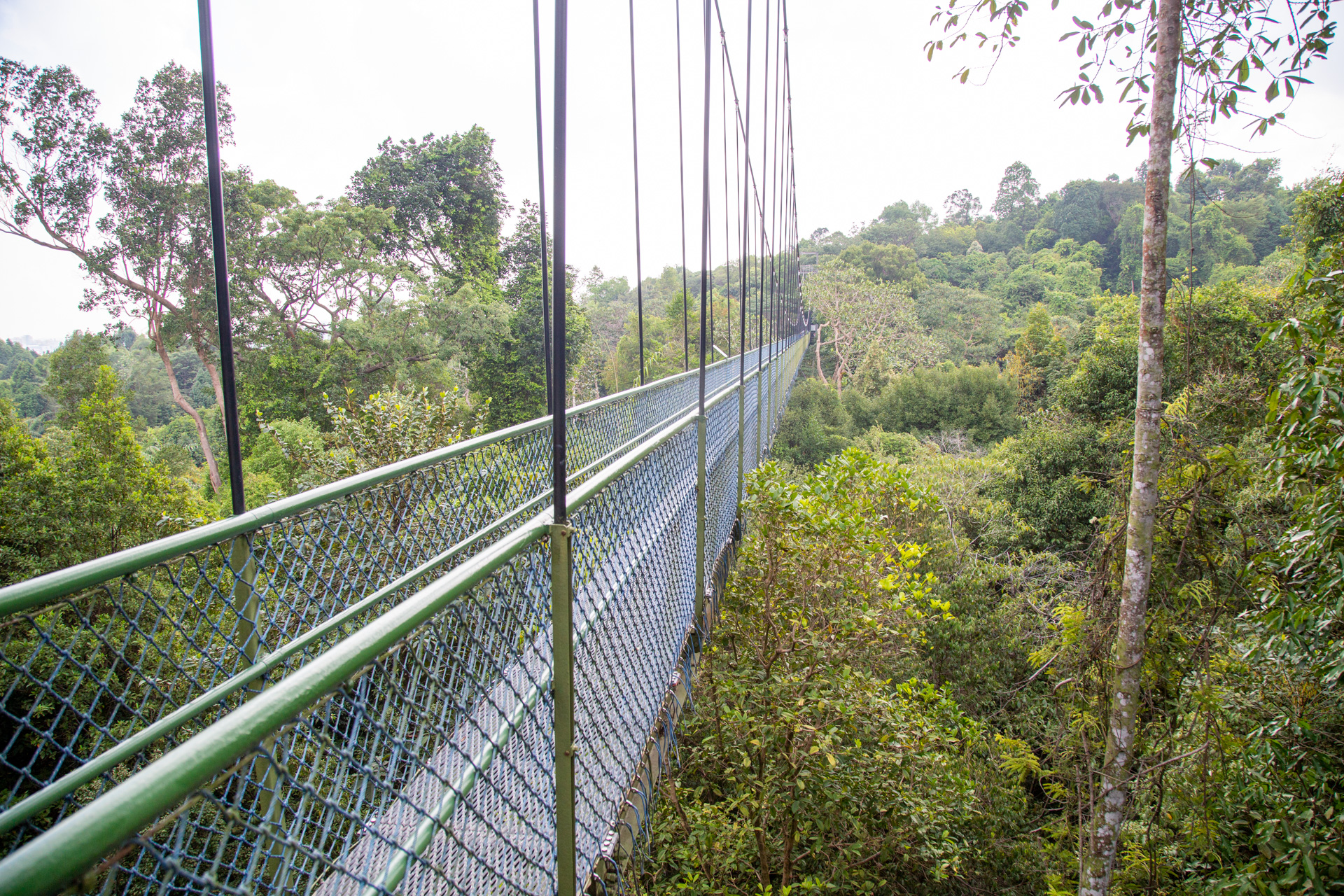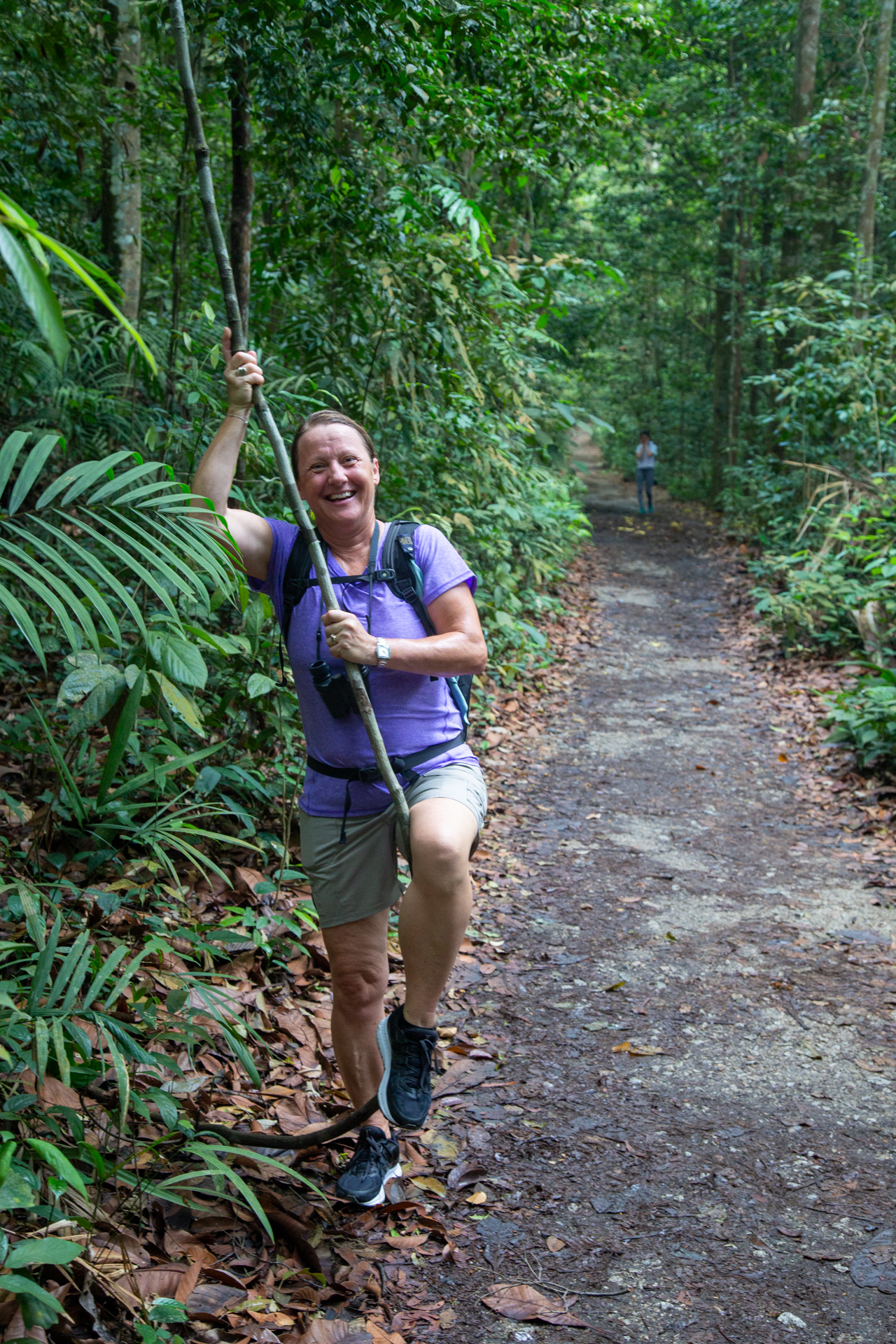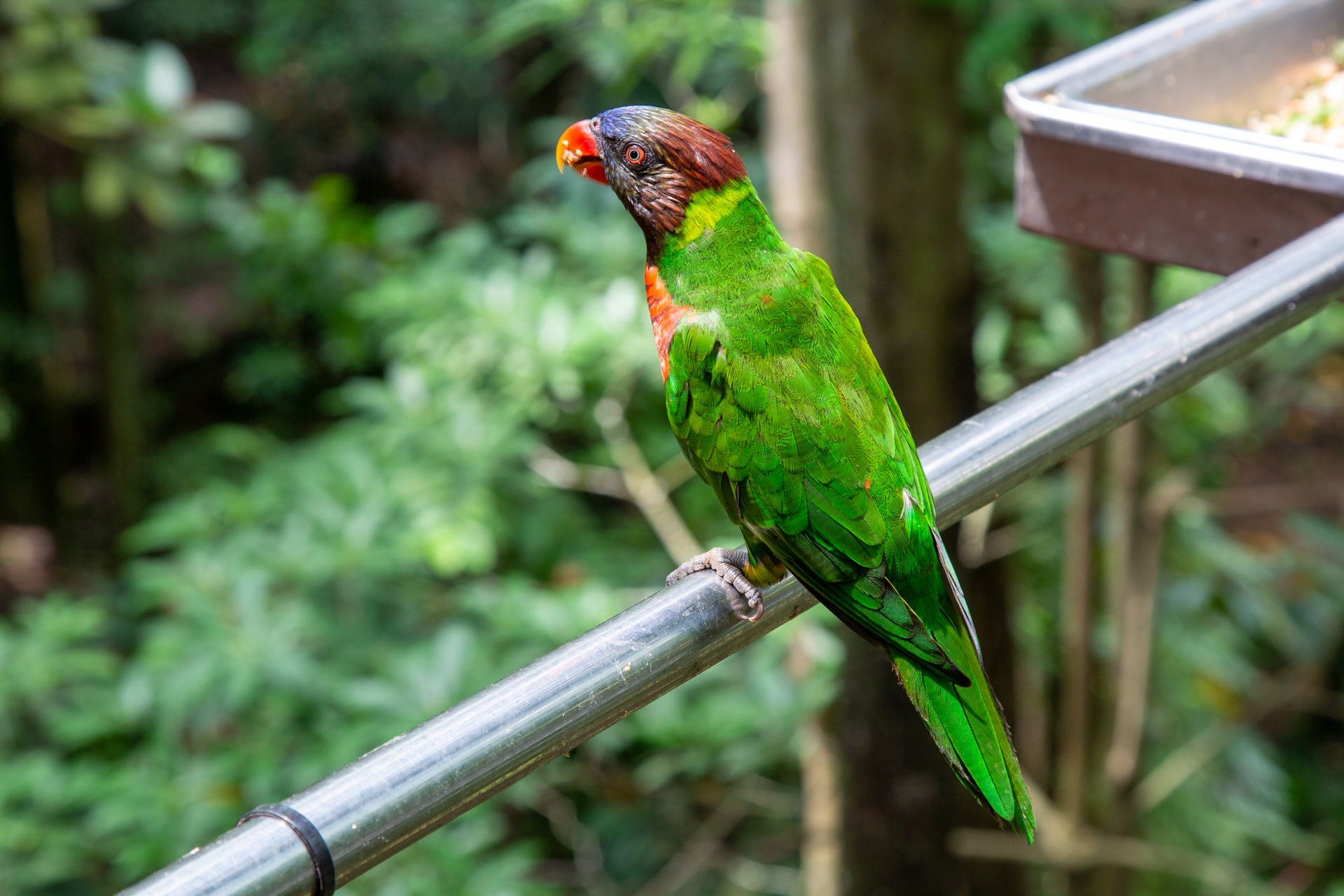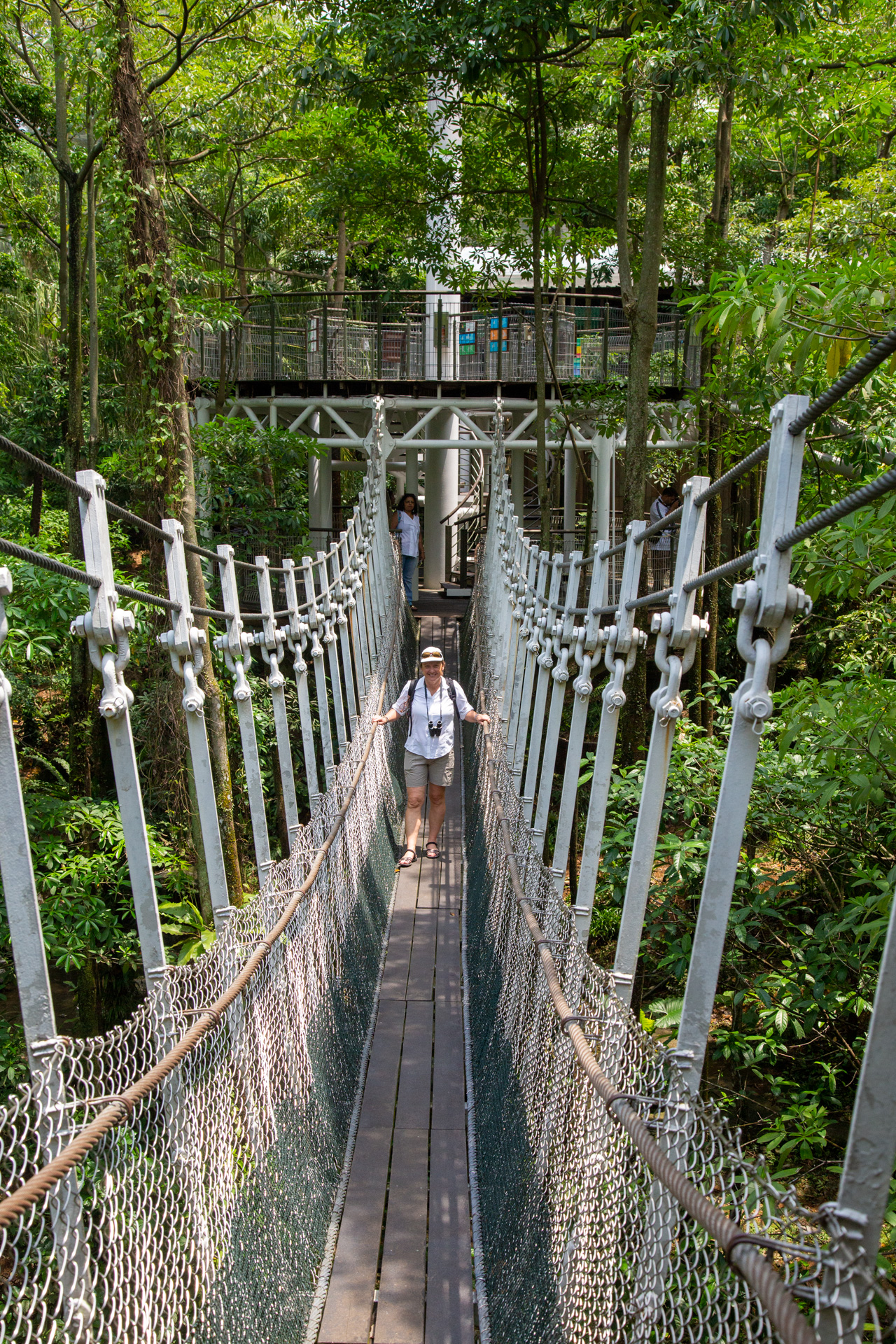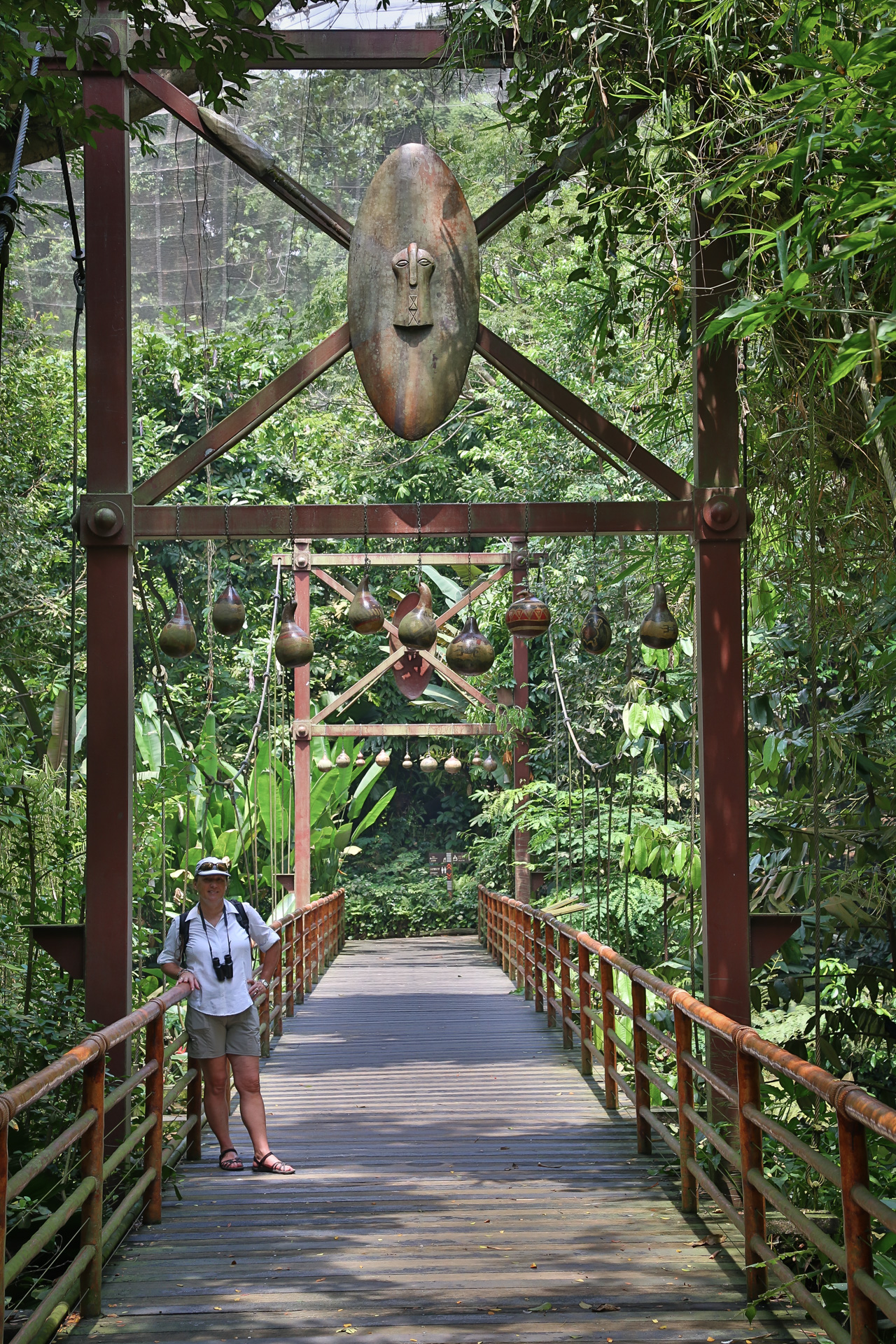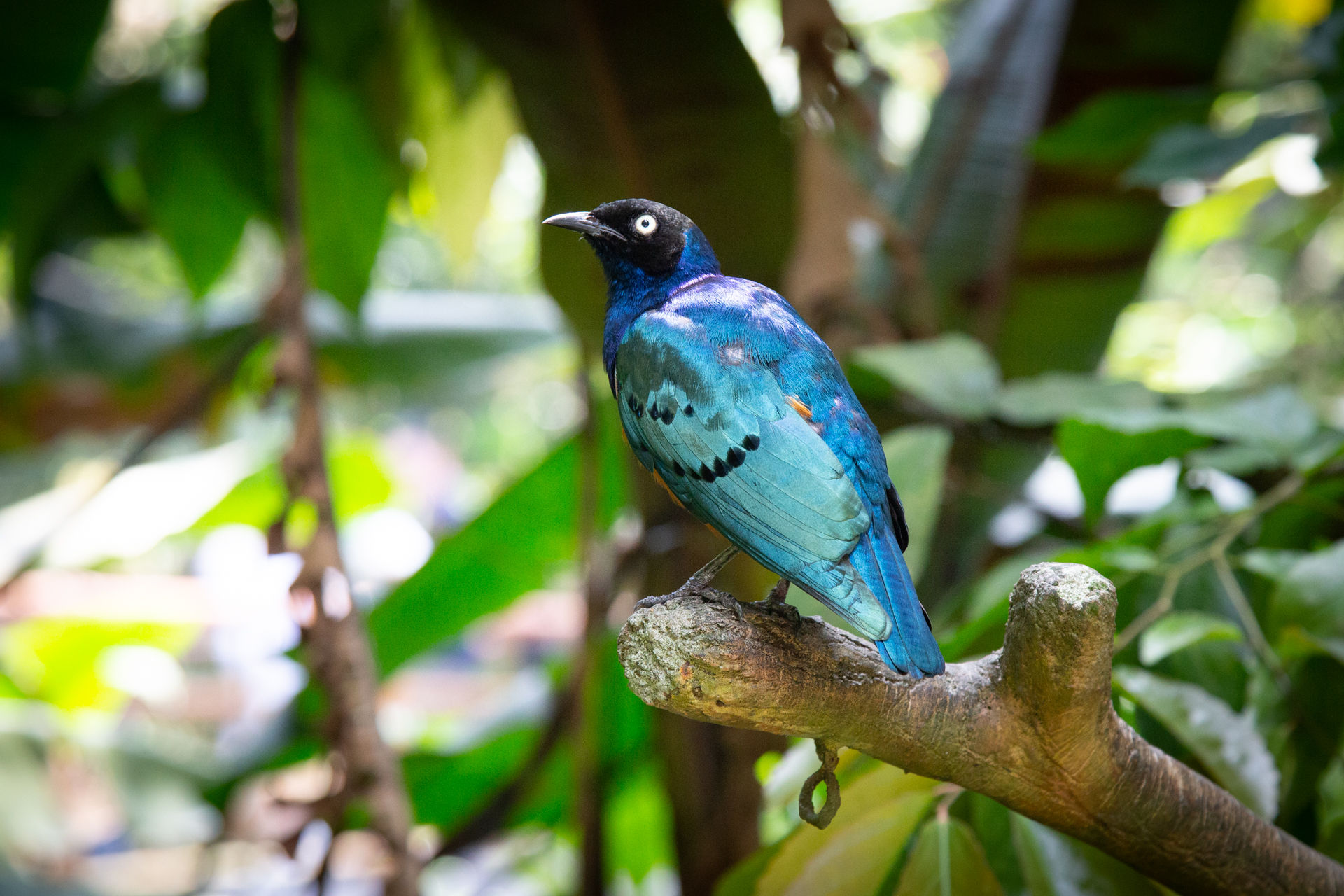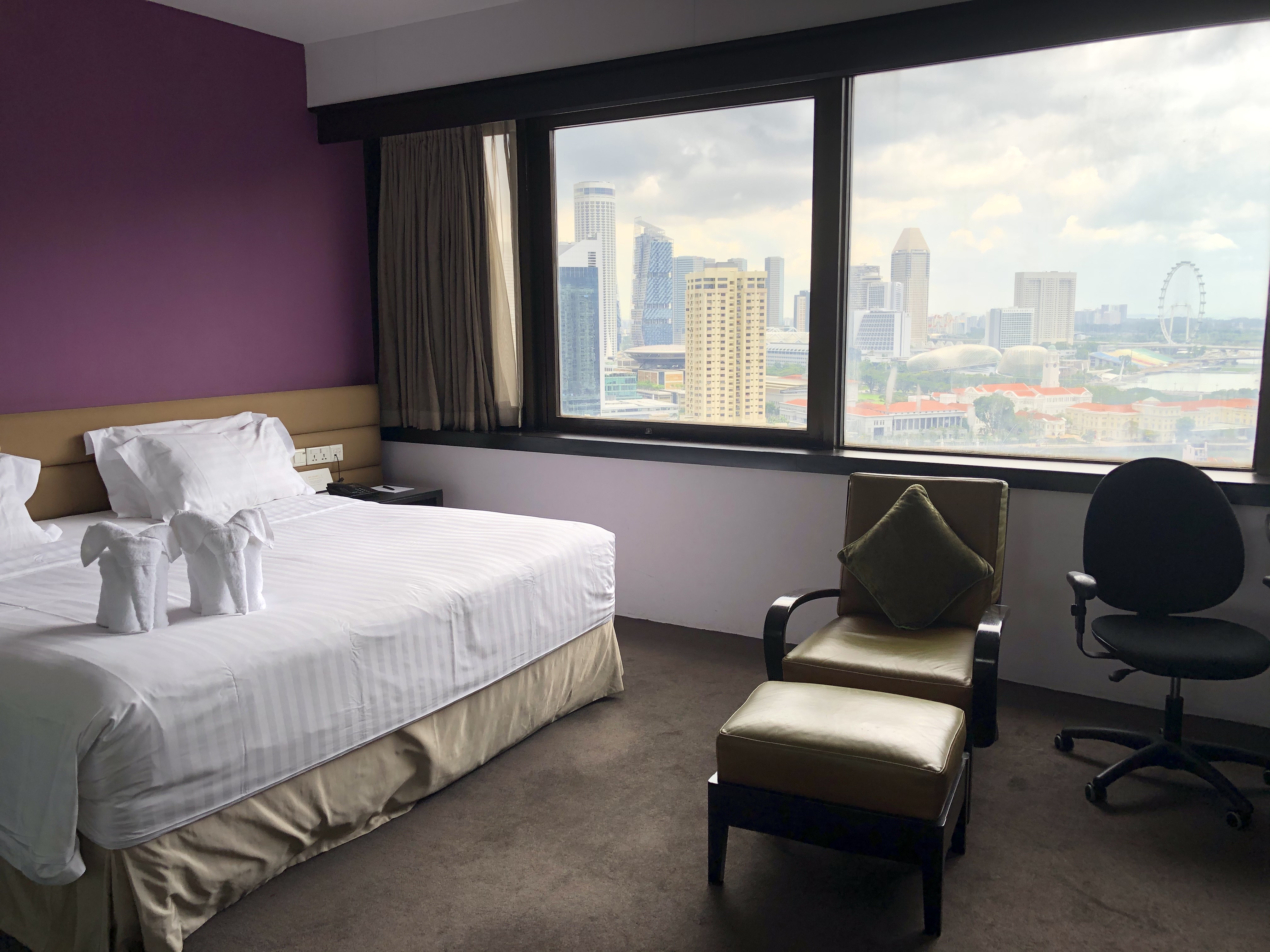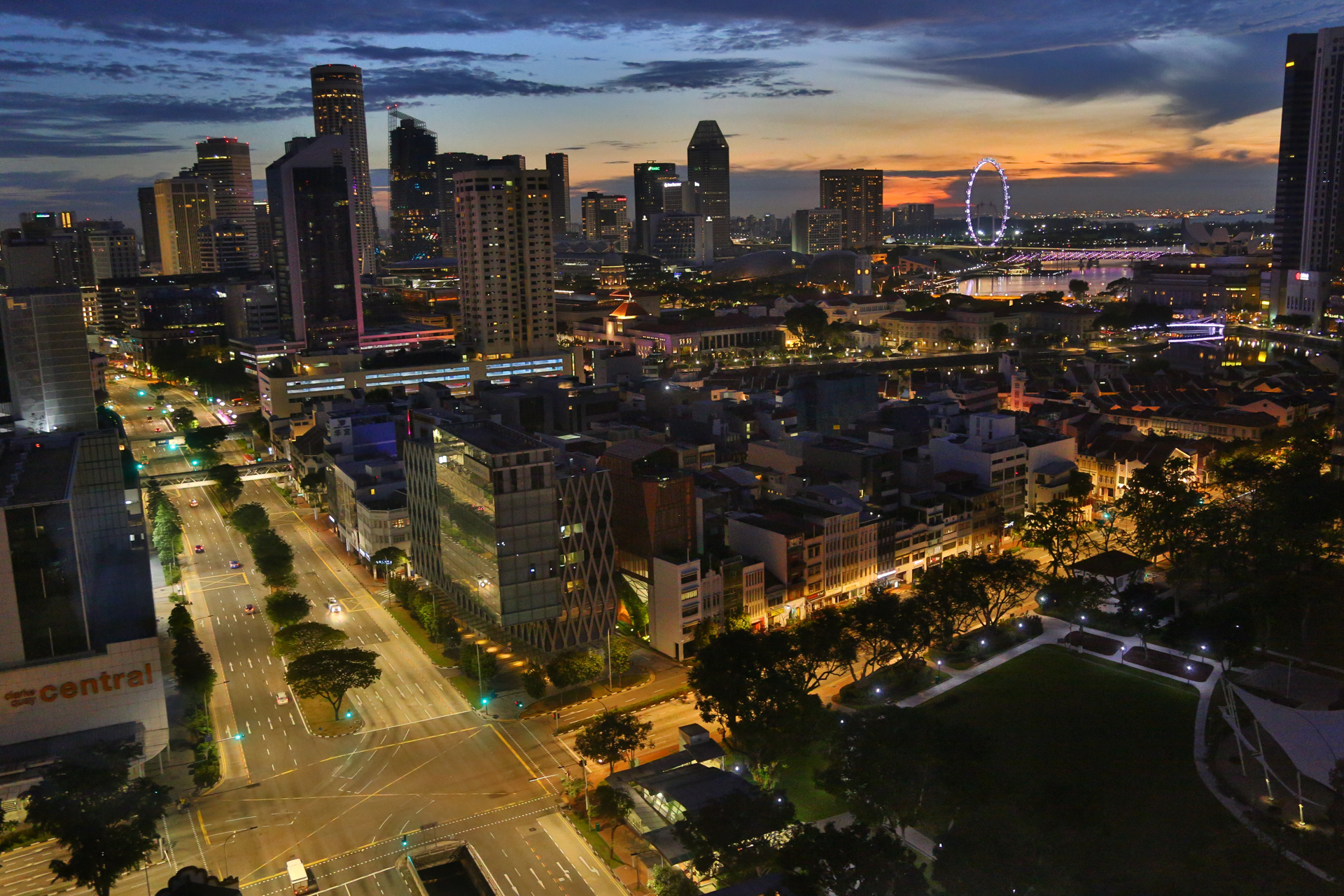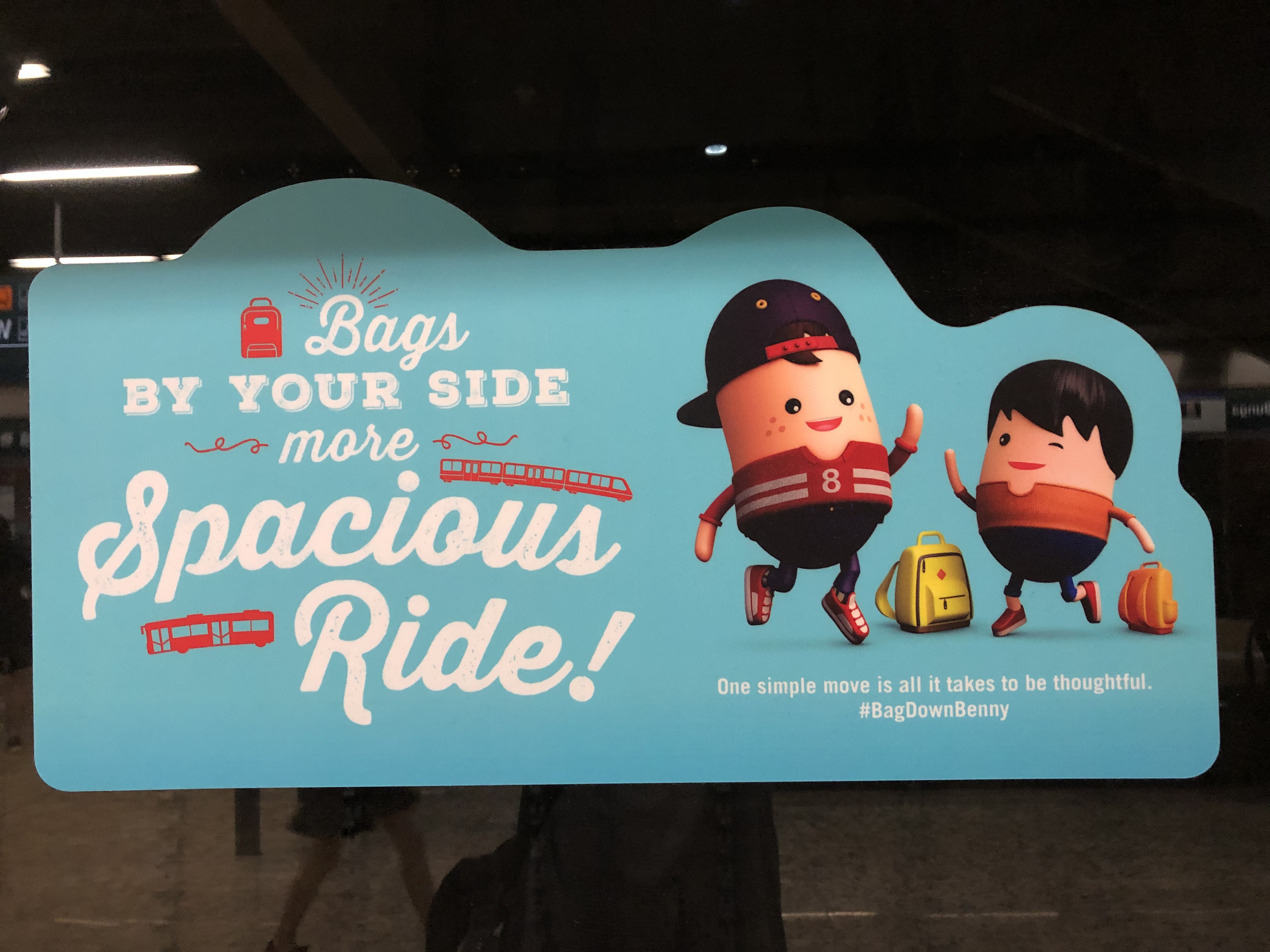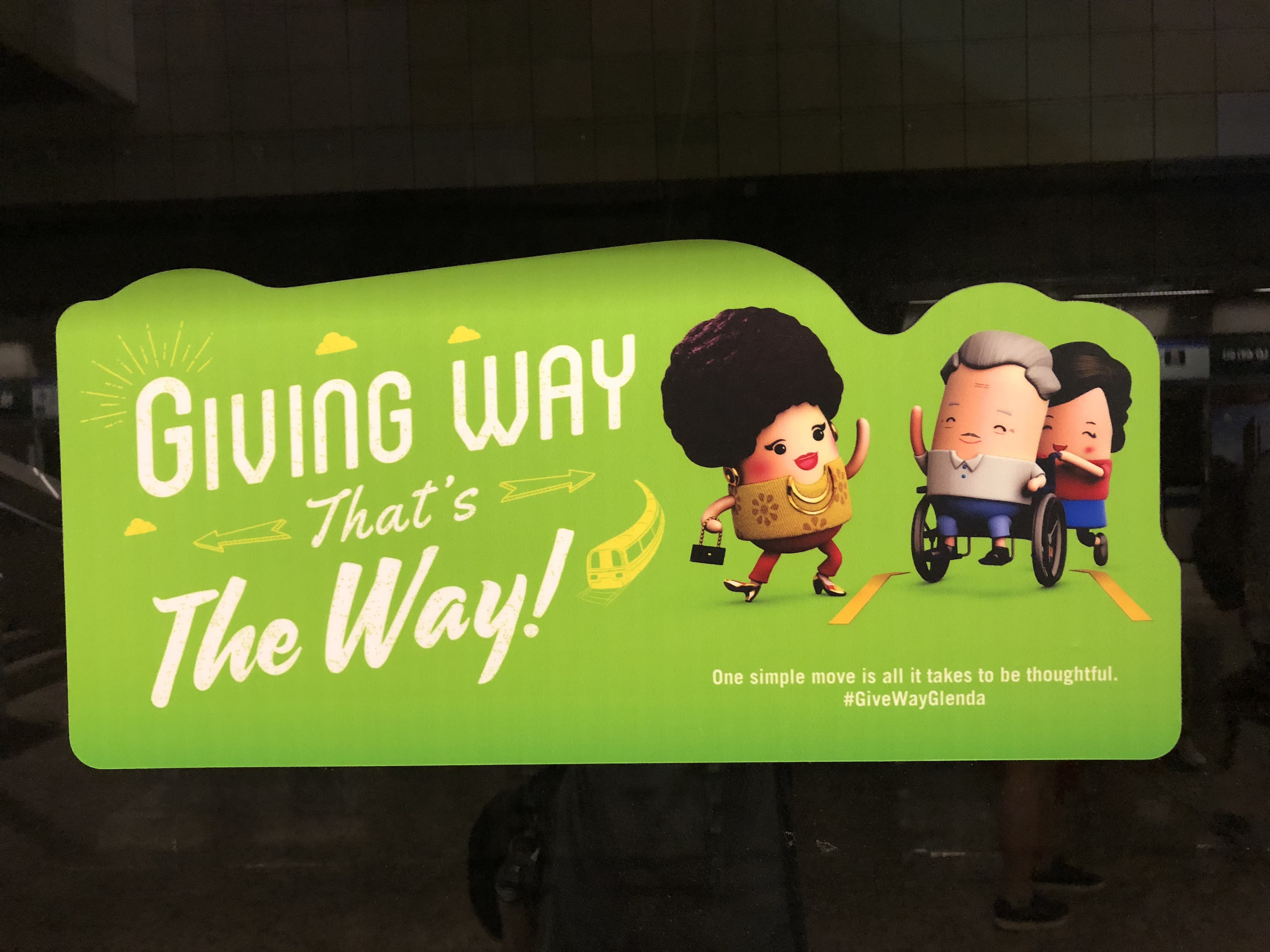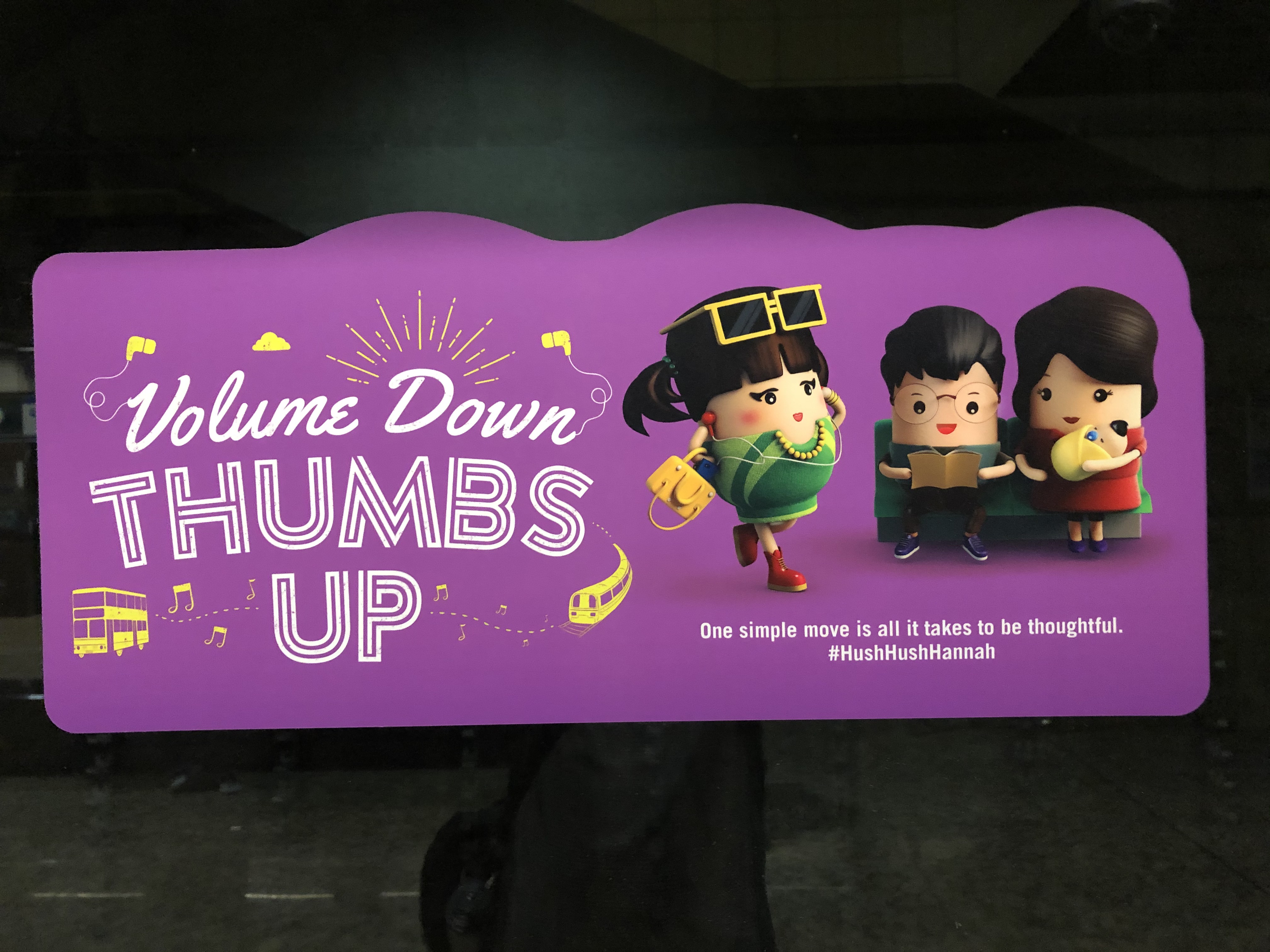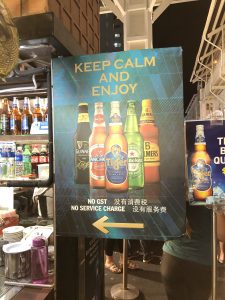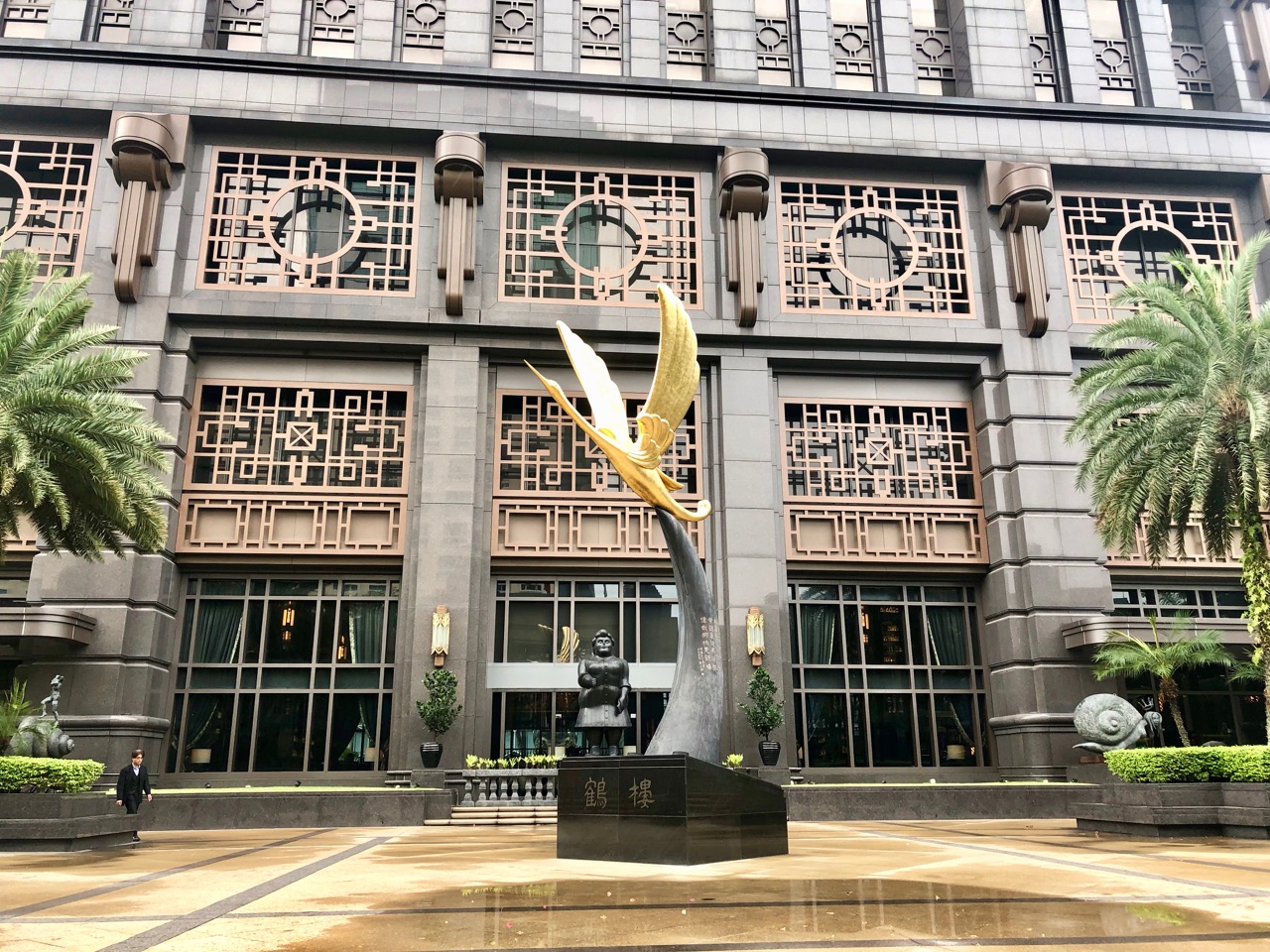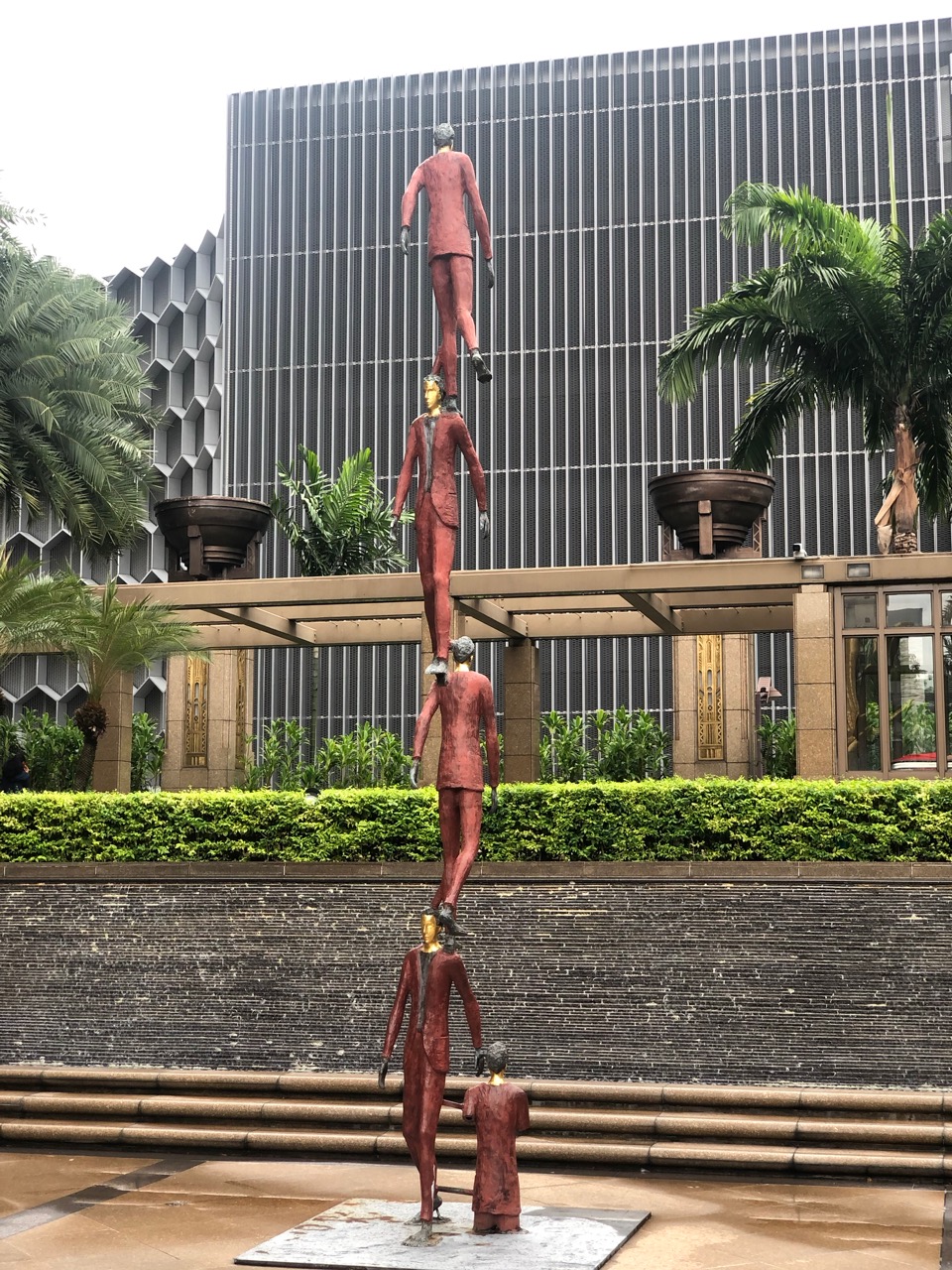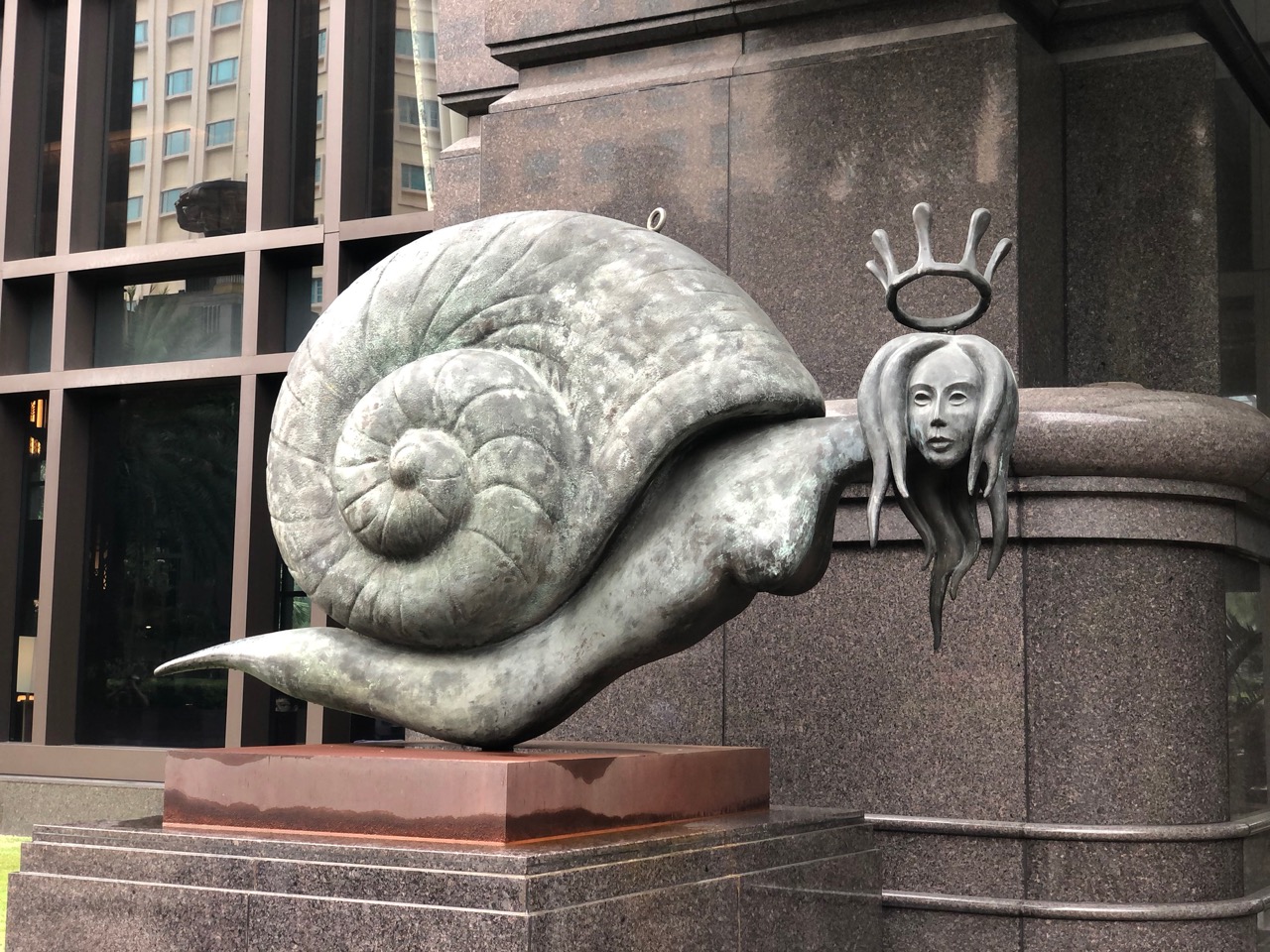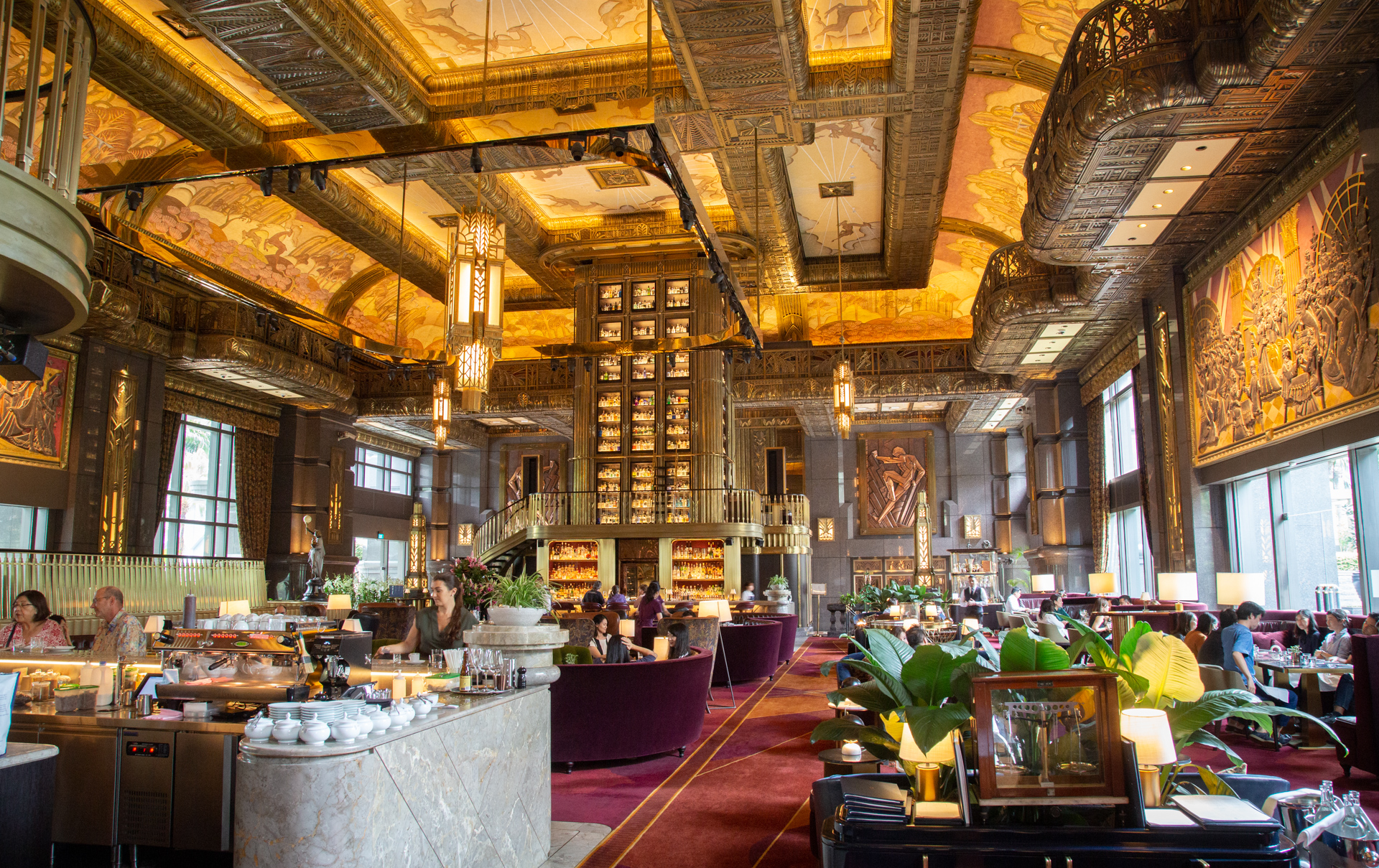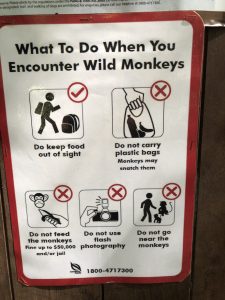On our first visit to Singapore, we were impressed by how green the country/city was in spite of its dense population and small landmass (about the size of Ottawa/Gatineau). On this most recent visit, we set out to explore the city’s abundant green spaces in more depth.
It was evident everywhere we went that protecting and promoting the environment was a high priority for the government, city planners, and the average citizen. The city’s cleanliness is noteworthy; we saw only a few pieces of litter on the street during our entire stay.
Whether meandering through some of the historic neighbourhoods like Chinatown or Little India, or shopping along the famous Orchard Street, we admired the copious green spaces, especially the verdant vertical walls and rooftop terraces that were so commonplace in Singapore. In fact, Signapore is renowned worldwide for its greenspaces, and has a vision to be a “City in a Garden”. It hopes to achieve this by rejuvenating urban parks and landscapes, establishing world class gardens, enriching biodiversity in urban spaces, and engaging and inspiring communities to co-create a greener Singapore.
The city is a testament to innovative urban planners and forward thinking government officials who have influenced and transformed the cityscape. In spite of its intense industrialization and rapid urbanization, Singapore boasts abundant biodiversity. The city is teeming with wildlife. It has more than 3000 species of orchids, 80 species of mammals, 300 species of birds, 110 reptiles and amphibian species and 600 freshwater fish species. Clearly, the government’s vision and model for a “City in a Garden” has helped to safeguard its vegetation and diverse wildlife.
Gardens by the Bay is the 250 acre nature park we visited during our first weekend in Singapore. We described it in a previous post – click here if you missed it.
The Singapore Botanic Garden is the world’s only tropical garden with UNESCO World Heritage Site designation. It is a 15-acre rainforest and beautiful orchid garden with more than 3,000 species and hybrids. We saw a few massive monitor lizards slinking around the grounds, along with a few chickens and roosters to boot. We later learned that monitor lizards are about as common as squirrels, making their home in most residential gardens. The Botanic Garden was a highlight of our last visit to Singapore, and it was well worth a return visit, as we had the opportunity to explore other areas of the park that we missed the first time.
MacRitchie Reservoir Park is a 49-acre oasis in the middle of the city, popular with runners, kayakers, and bird-watchers. The park’s 11-kilometer trail loops through a serene tropical rainforest, with a detour along the way to the spectacular TreeTop Walk, an 820-foot suspension bridge. While doing the 11 km loop, we saw a massive 4 foot monitor lizard for the first time, and many wild Macaque monkeys.
At first glance, Jurong Bird Park seemed more geared to families with young children and we thought it was a bit cheesy and touristy. But as we explored the park, we were impressed by the walk-in aviaries. For instance the 4.9 acre Waterfall Aviary boasts one of the world’s tallest man-made, indoor waterfalls; the aviary itself is the second largest in the world. It houses some 1,500 free-flying birds from 80 African species. A suspension bridge overlooks the waterfall offering a panoramic view of the surrounding landscape and some of the more reticent birds in action. Much to our surprise, we ended up spending the whole day at the Bird park!
